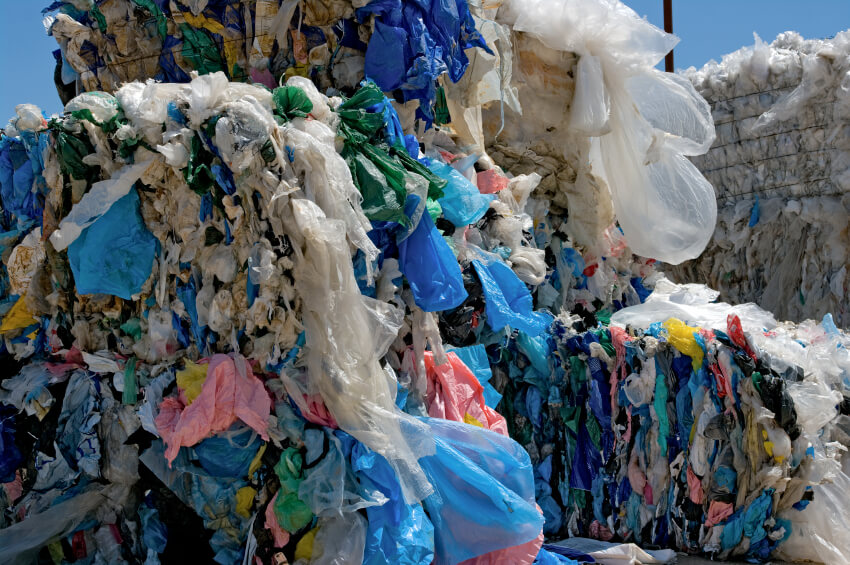
There seems to be so many confusing messages about what consumers can and cannot recycle. Not only do these guidelines vary by state and municipality, but they also vary on how a product is coated, made it is made of and even how it is bundled at the curb.
One item that is continually thrown in our curbside recycling bins is plastic bags. While many stores and supermarkets now offer takeback programs, plastic bags are still one of the most common materials that consumers bring into question. Sarah Kite, Director of Recycling Services at
Rhode Island Resource Recovery Corporation, says Rhode Island residents try to put their plastic bags in their recycling bins all the time.
“We receive loads and loads of loose plastic bags, newspapers still in their sleeves and bags of recyclables ‘neatly’ wrapped in plastic,” Kite says.
So, is it a matter of consumers being lazy, or is it a lack of consumer education? Turns out it is a bit of both. Let’s face it, unfortunately there will always be those “never recyclers” among us. However, as someone who always recycles, it seems I am continually learning. For example, I did not know that my local Stop & Shop accepts bread bags, bagel bags and overwrap as well.
“Think [of the] wrap around cases of bottled water, magazines, bulk-purchase paper towels and toilet paper,” Kite explains. “Also, any plastic sleeve-style bag is fine — [those used for] newspapers, produce, etc.”
In 2005, Rhode Island was the first state in the nation to provide a comprehensive plastic bag recycling program, which is called
ReStore. With the ReStore initiative also came a statewide advertising campaign that targeted Rhode Island consumers and educated them on plastic bag recycling. Since then, Kite says RIRRC has seen a visible decrease in the amount of windblown litter from plastic bags.
“We have a 30-foot litter fence that lines the southern part of our property, and when I first started working here, the fence would be covered by bags on a daily basis,” Kite recalls. “Now, it is the rare exception to ever see even on bag on the fence.”
Kite continues, “We also know from one of our partners in the food industry that his distribution of plastic bags is down nearly 50% over the past five to seven years. We’ve also seen reusable bags gain acceptance, leading to a dramatic decrease in plastic bags in the environment.”
In the recycling industry, the type of plastic is what determines whether it is recyclable or not. The
RIRRC website explains that there are two good rules of thumb when it comes to recycling plastic bags and wrapping. One is that the plastic should stretch a little bit (by using your thumb) and the other is that it should be clear or light/translucent. However, Kite explains that some plastic film, such as Saran Wrap and ClingWrap, are actually made from PVC and are not recyclable through the ReStore program. Other examples of what is accepted through the ReStore program include bubble wrap, pellet bags, dry-cleaning bags and shrink-wrap from beverage cases.
Consult your municipal recycling program to see what plastics are accepted for recycling at the curb — you might be able to keep more materials out of the landfill than you realized.
To find a drop-off recycling location that accepts plastic bags near you, click here.

